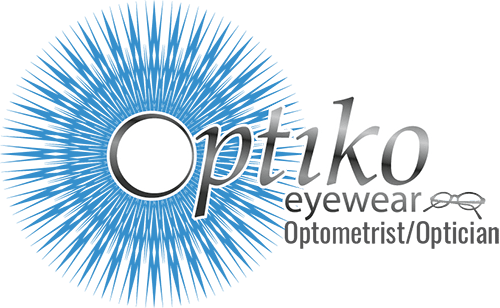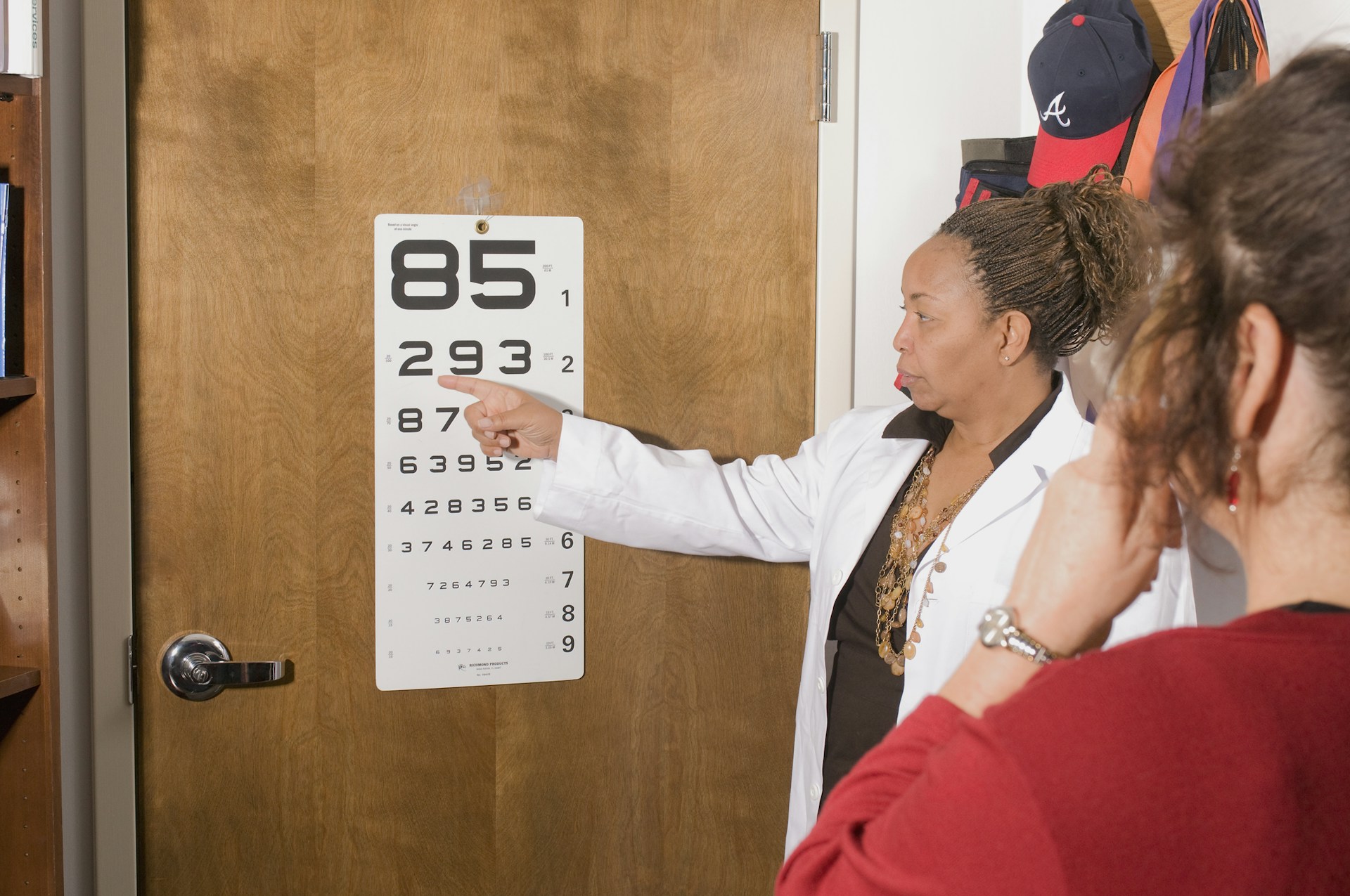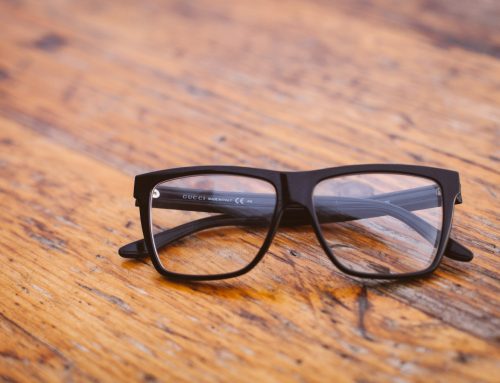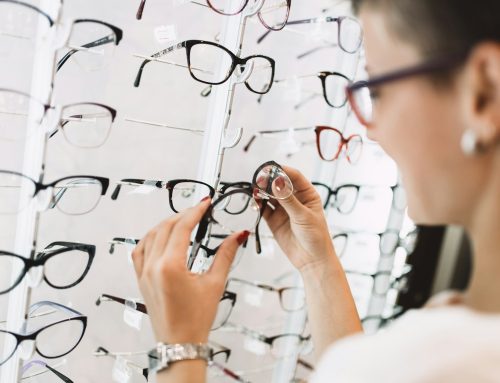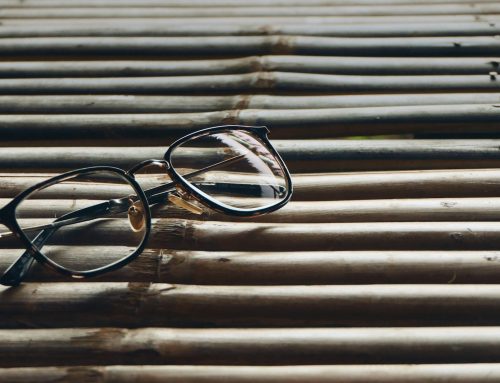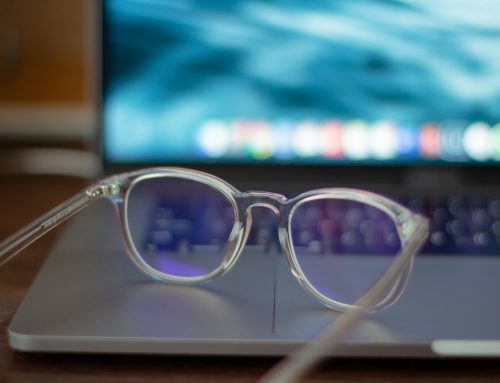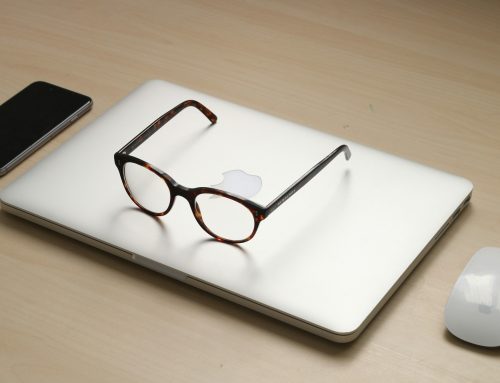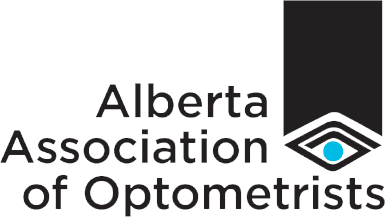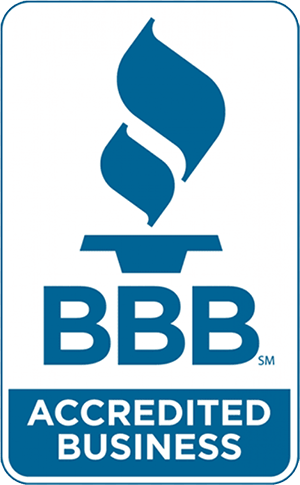Eye health is a crucial aspect of overall well-being, and regular eye exams play a significant role in maintaining optimal vision and identifying potential eye issues. We want to help you maximize the benefits of your eye exam. To do this, we’ve put together a comprehensive, step-by-step guide on what to expect during your appointment, as well as how to prepare for and follow up on your eye exam.
Our goal is to ensure you are well-equipped to navigate your eye exam seamlessly, optimizing the quality of your results and your overall experience. With our expert guidance, you’ll be able to make informed decisions about your eye care, empowering you to maintain the best possible vision and eye health. Allow Optiko to accompany you on your journey to a clearer, healthier future.
1. Before Your Appointment: Prepare Relevant Information
To ensure a smooth and efficient eye exam, start by gathering essential information about your eye health and history. Take note of any vision issues you or your family members may have experienced in the past, as some eye conditions may be hereditary. Additionally, prepare a list of your current prescriptions and medications, as some drugs can impact your vision. Sharing these details with your optometrist allows them to tailor your eye exam to your unique needs and concerns.
2. Bring Your Current Prescription Eyewear
Whether you wear eyeglasses or contact lenses, it is important to bring your current prescription eyewear to your appointment. This helps your optometrist accurately assess your visual needs and determine if any changes should be made to your prescription. They will also check the fitting and alignment of your glasses to ensure optimal comfort and vision.
3. Plan for Pupil Dilation
During your eye exam, your optometrist may perform a procedure called pupil dilation, which involves administering special eye drops that widen your pupils. This process allows your optometrist to thoroughly assess your eye health, detecting any potential issues that may not be visible under normal conditions. Keep in mind that this procedure may cause slightly blurred vision and sensitivity to light for a few hours. Therefore, it’s crucial to plan accordingly, considering factors such as transportation and the ability to continue with near-vision tasks, like reading or operating a computer.
4. Wear Comfortable and Accessible Clothing
During your eye exam, you will be seated in a specialized chair that may require you to lean forward or tilt your head to accommodate various testing tools. To ensure your comfort, wear clothing that allows you to move easily and does not restrict your range of motion. It’s also important to consider wearing a top that provides easy access to your chest, as your optometrist may use a reading card that attaches to your shirt during vision testing.
5. Discuss Your Lifestyle with Your Optometrist
Your daily activities and hobbies play a crucial role in determining the best eyewear solutions for your needs. Make sure to discuss your lifestyle with your optometrist, including information about your occupation, hobbies, and any sports or outdoor activities you regularly participate in. This information helps your optometrist fully understand your visual requirements, allowing them to recommend the most suitable lens options and features, such as anti-reflective and blue-light coatings or specialty sports eyewear.
6. Ask Questions and Clarify Any Concerns
A vital aspect of a successful eye exam is open communication with your optometrist. Be sure to ask any questions you may have about your eye health, prescription, or eyewear options. Your optometrist will be more than happy to answer your queries and address any concerns you might have. Remember that no question is too small – it’s essential to understand all aspects of your eye care to make informed decisions.
7. Follow-Up Care and Scheduling
At the end of your eye exam, discuss the recommended follow-up care with your optometrist, such as when to schedule your next appointment and any additional tests or procedures required. Regular eye exams are critical for maintaining your overall eye health, so staying up to date with your appointments is essential. If changes are made to your prescription, be sure to follow the advice provided by your optometrist for adapting to your new eyewear and monitoring any potential issues.
8. Explore Your Eyewear Options
After your eye exam, take some time to explore the eyewear options available. Whether you’re in need of a new pair of glasses, contact lenses, or stylish sun protection, our professional team can help you find the perfect match for your unique style, needs, and budget.
Embrace a Clearer Future with Optiko
Thorough preparation and ongoing communication with your optometrist are key to a successful eye exam experience. This allows you to fully enjoy the benefits of optimal eye health and vision. By following this guide, you can confidently approach your eye exam with the knowledge and tools essential for maximizing your appointment results.
Ready to take the next step towards healthier eyes and a clearer future? Schedule your eye exam at Optiko today, and rest assured that you’re in the hands of expert and caring professionals. Trust our eyewear experts to help you find the ideal eyewear solution tailored to your unique needs, style, and lifestyle. Contact us now to book your appointment and embark on your journey towards a better vision with us.
